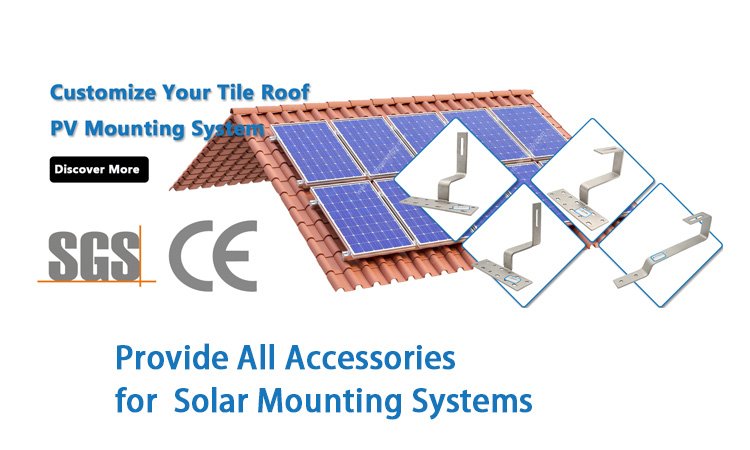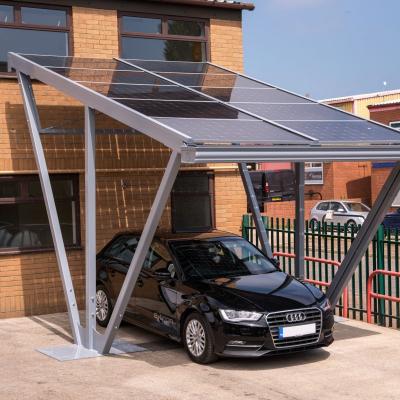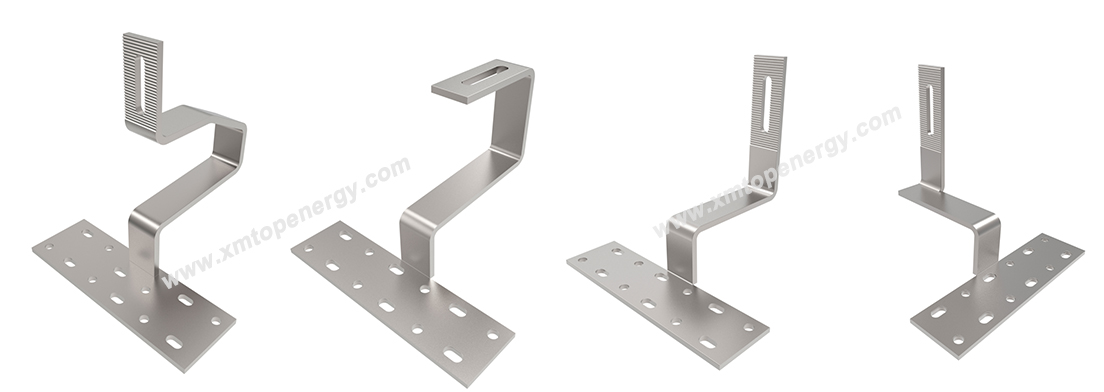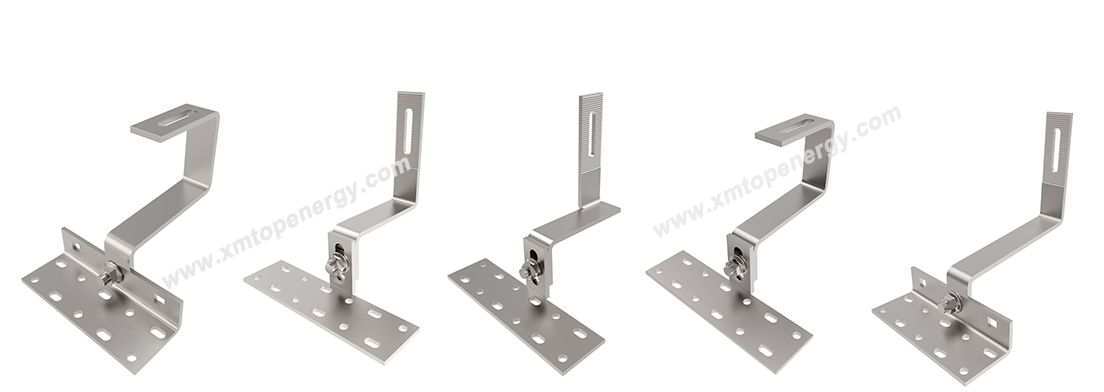According to the latest report from Market Research Future, the global solar photovoltaic (PV) mounting system market is projected to reach a value of USD 49.678 billion by 2030, growing at a compound annual growth rate (CAGR) of 11.56% during the forecast period. This robust growth reflects the increasing global momentum toward clean and renewable energy sources.
Driving Forces Behind the Market Growth
Several key factors are contributing to the rapid expansion of the solar PV mounting system market:
-
Rising Demand for Clean Energy: As concerns over climate change intensify, there is growing emphasis on reducing greenhouse gas emissions and generating electricity from sustainable resources. This is significantly boosting the demand for solar PV installations.
-
Falling Costs and Technological Advancements: The declining cost of solar panels, coupled with continuous improvements in the design and installation of solar panel mounting systems, has made solar energy more accessible and cost-effective. These advancements are enhancing the attractiveness of solar solutions across residential, commercial, and utility-scale projects.
-
Increased Solar Deployment: The affordability and efficiency of solar energy are encouraging more widespread deployment of solar PV systems globally, thereby driving up the demand for reliable and durable mounting structures.
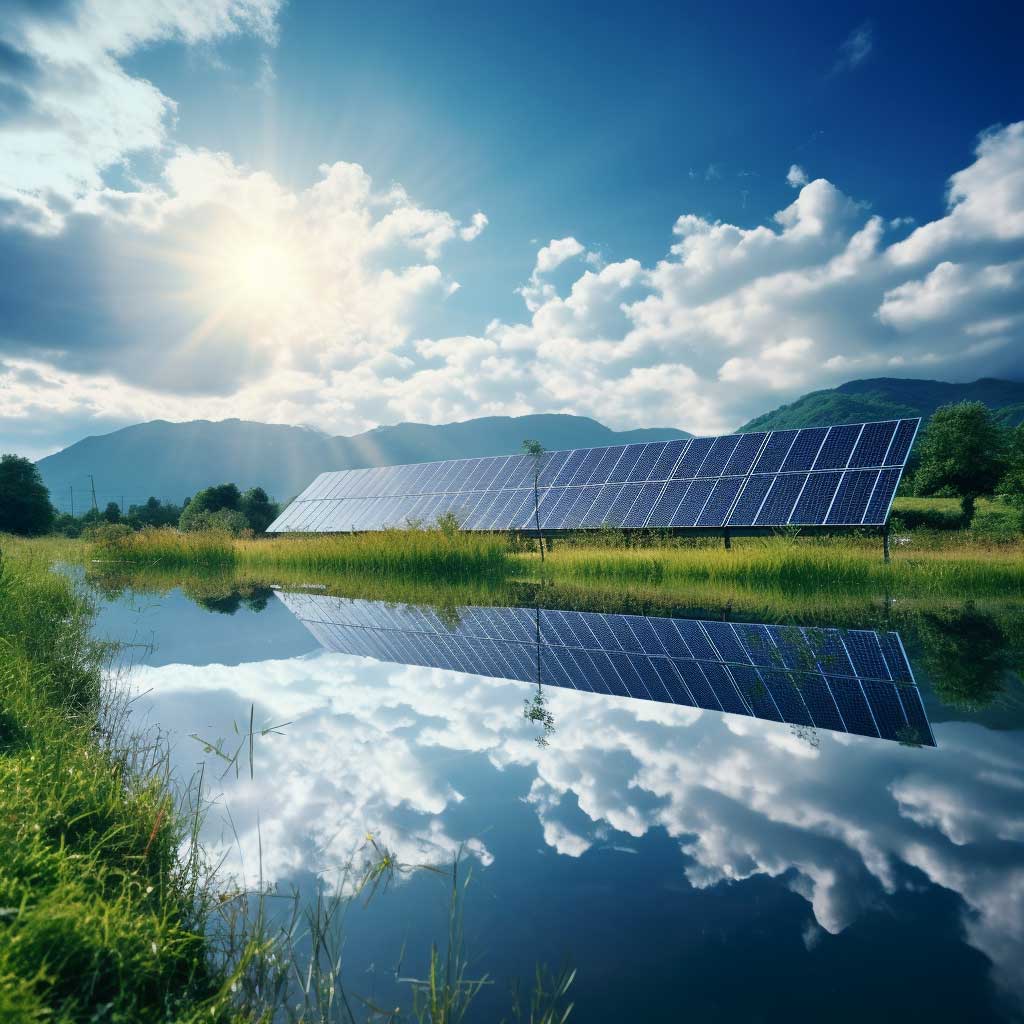
Segment Insights
-
Utility Segment Leads the Market
The utility-scale sector is expected to dominate the market, driven by large-scale deployments by power utilities aiming to meet rising electricity demands sustainably. -
Residential & Commercial Growth
Both the residential and commercial segments are projected to witness significant growth as homeowners and businesses increasingly turn to solar energy to reduce electricity bills and carbon footprints.
Regional Market Trends
-
Asia-Pacific at the Forefront
The Asia-Pacific region is anticipated to lead the global market, with China, India, and Japan acting as major contributors. Factors such as rapid industrialization, urban development, and strong government support through subsidies and favorable policies are fueling regional growth. -
North America and Europe
These regions are also expected to experience substantial growth, propelled by rising investments in solar infrastructure, the development of smart cities, and increasing focus on sustainable urban planning.
Challenges and Future Outlook
Despite its promising trajectory, the market does face several challenges:
-
Intermittency of Solar Energy: The reliance on weather conditions affects the consistency of solar power generation.
-
High Initial Capital Costs: Upfront investment for solar PV systems remains a barrier for some potential users.
However, these challenges are being actively addressed through ongoing research and development (R&D) aimed at enhancing the efficiency, reliability, and affordability of solar PV technologies.
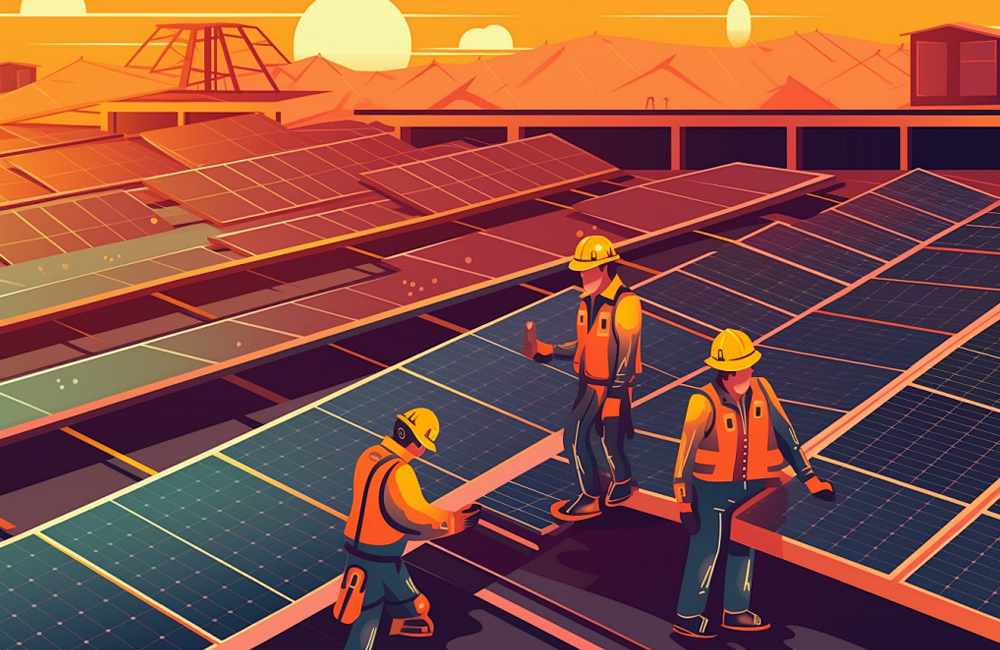
Conclusion: A Sustainable Future with Solar Mounting Systems
In summary, the solar photovoltaic mounting system market is poised for remarkable growth, supported by technological progress, strong policy backing, and a global push for green energy solutions. With the market expected to reach USD 49.678 billion by 2030, at an 11.56% CAGR, the future of solar PV mounting systems looks exceptionally bright. These systems will continue to play a pivotal role in the transition toward a cleaner, more sustainable energy landscape worldwide.







